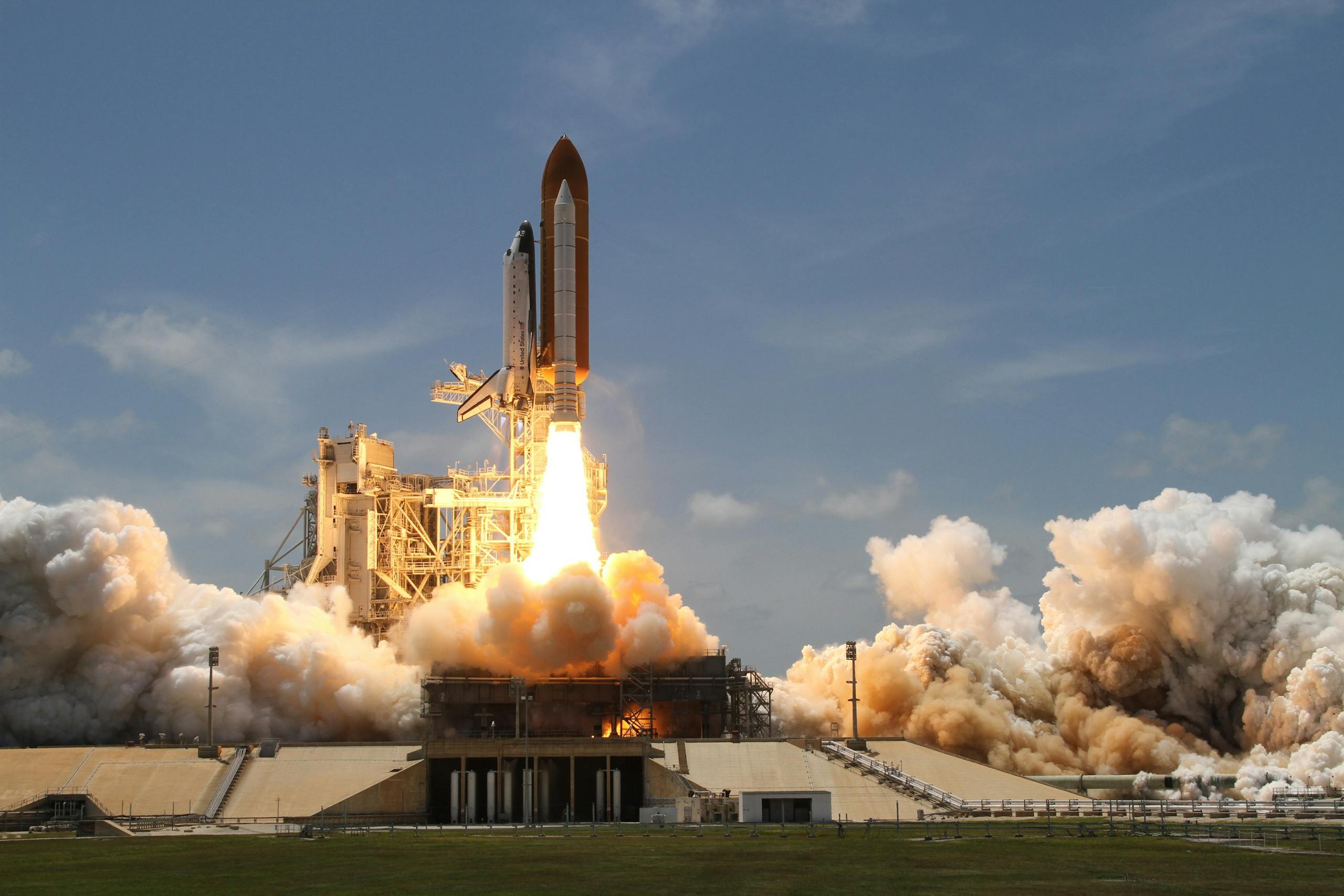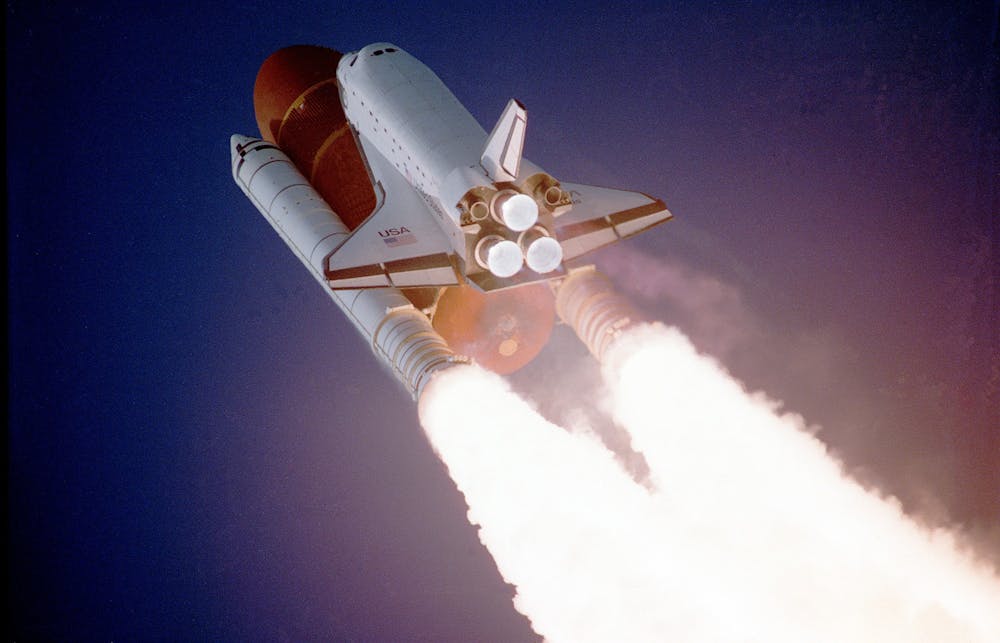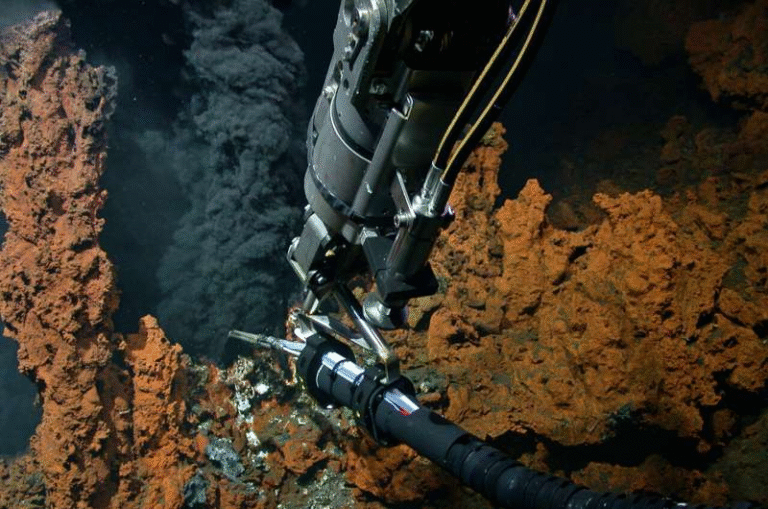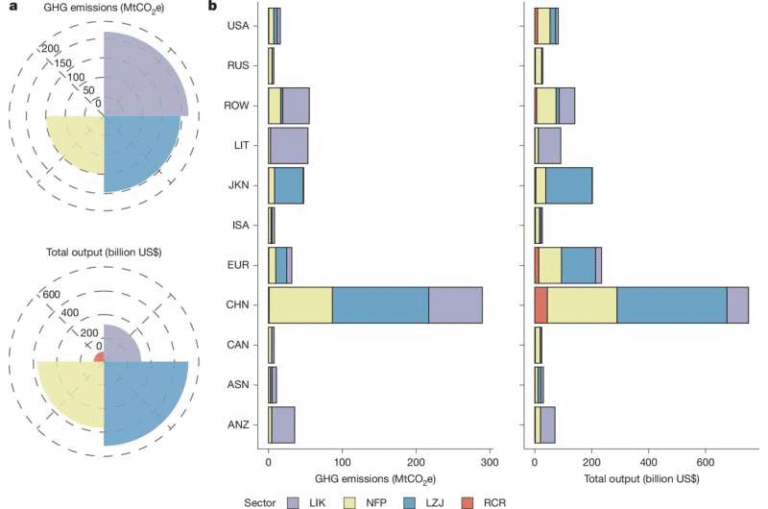Rocket Launches Are Rising – But What Does That Mean for the Ozone Layer?

The new space age is unfolding before our eyes. Rockets are lifting satellites, telescopes, and exploration missions into orbit faster than ever before. The sight of glowing trails in the sky has become almost ordinary. But alongside the excitement, scientists are voicing a growing concern: rocket emissions and space debris could slow down the healing of the ozone layer, one of Earth’s most vital shields.
Why the Ozone Layer Matters
The ozone layer sits high in our atmosphere, acting like a natural sunscreen. It absorbs harmful ultraviolet (UV) radiation, protecting life on Earth from damage that could lead to higher cancer rates, weakened ecosystems, and disrupted food chains. Thanks to international agreements like the Montreal Protocol in 1989, which banned ozone-depleting chlorofluorocarbons (CFCs), the layer has been slowly recovering. Full recovery is still decades away, expected around 2066. But now, a new player has entered the stage: rockets.
A Surge in Rocket Launches
Back in 2019, only 97 rocket launches reached orbit. Fast forward to 2024, and that number had more than doubled to 258. Projections suggest that by 2030, the world could see over 2,000 launches annually. This sharp rise comes mainly from expanding satellite constellations that bring us everything from internet coverage to Earth observation data. While that’s exciting for technology and communication, it also means more pollutants entering the upper atmosphere.
Pollutants That Stick Around
Unlike ground-level emissions, which get washed out by rain or mixed into the lower atmosphere, rocket byproducts linger. Once pollutants like chlorine gases and soot particles reach the middle and upper atmosphere, they can stay there 100 times longer. From these heights, winds eventually carry them around the globe, meaning no region is spared.
Scientists from ETH Zurich, the University of Canterbury, and other research centers modeled what might happen if rocket launches keep rising. Their results? In a high-growth scenario, global ozone thickness could drop by 0.3% by 2030. Over Antarctica, seasonal ozone loss could hit 4%, worsening the springtime ozone hole that already forms there.

Fuel Choices Make a Difference
Not all rockets pollute equally. The biggest culprits are solid rocket motors, which release chlorine, and many common propellants that generate soot. These pollutants actively accelerate ozone depletion. On the other hand, rockets fueled by liquid hydrogen and liquid oxygen (cryogenic fuels) have a negligible impact on ozone. Unfortunately, handling these fuels is complex, and only about 6% of launches currently use them. As space companies innovate, choosing cleaner propulsion could make a major difference.
The Re-entry Problem
The story doesn’t end at launch. Most satellites in low Earth orbit eventually burn up on re-entry, creating a fiery cascade of metal particles and nitrogen oxides. These chemicals may also damage ozone, but their full impact is still poorly understood. Researchers believe that as more satellites fill the skies, re-entry pollution will become another significant challenge.
What Can Be Done?
Here’s the hopeful part: this problem is not unsolvable. Scientists emphasize that foresight and coordinated action can prevent serious setbacks in ozone recovery. Possible steps include:
- Monitoring rocket emissions more closely
- Limiting the use of chlorine- and soot-producing fuels
- Promoting cleaner propulsion systems
- Developing international regulations for rocket emissions
The Montreal Protocol once proved that global cooperation can reverse environmental damage. If the world could rally to protect the ozone layer from CFCs, then the same kind of collective effort could ensure rockets don’t undo decades of progress.
Looking Ahead
The space industry is booming, and with it comes responsibility. Every launch connects us to the stars, but it also connects back to the fragile layers of air that make Earth habitable. The question isn’t whether we can keep exploring space—it’s whether we can do it while keeping the ozone layer strong for future generations. The challenge is big, but so is the opportunity to act wisely, early, and together.
Source: “Near-future rocket launches could slow ozone recovery” by Laura E. Revell, Michele T. Bannister, Tyler F. M. Brown, Timofei Sukhodolov, Sandro Vattioni, John Dykema, David J. Frame, John Cater, Gabriel Chiodo and Eugene Rozanov, 9 June 2025, npj Climate and Atmospheric Science.
DOI: 10.1038/s41612-025-01098-6





